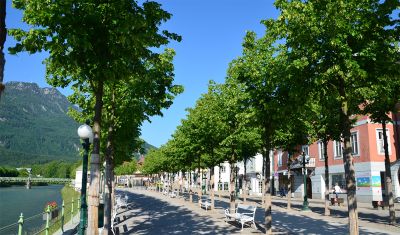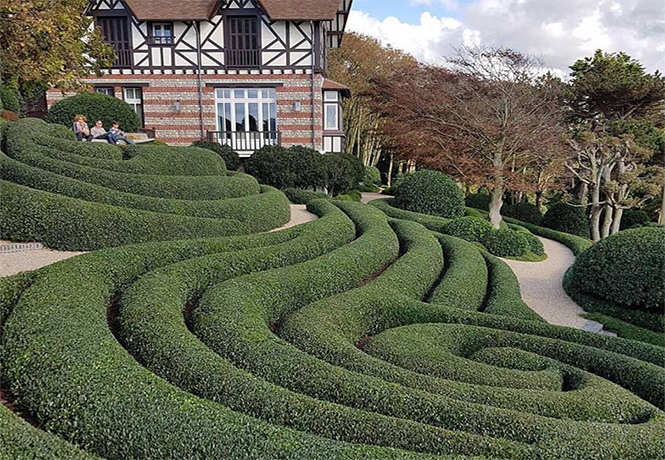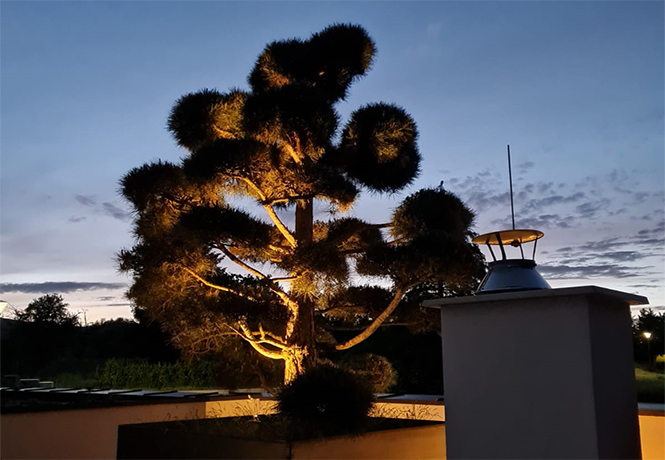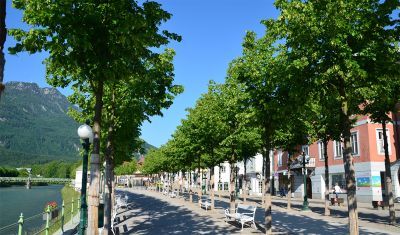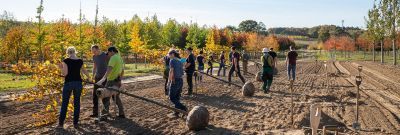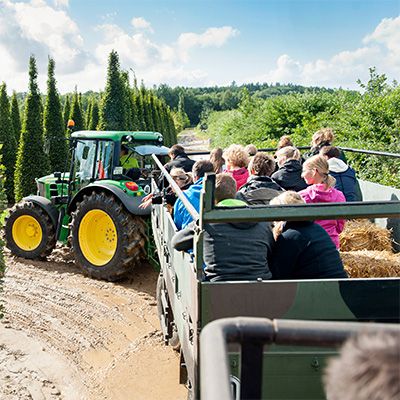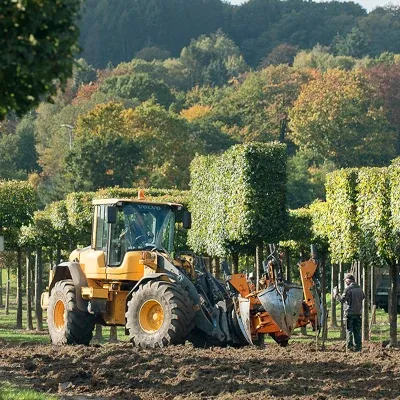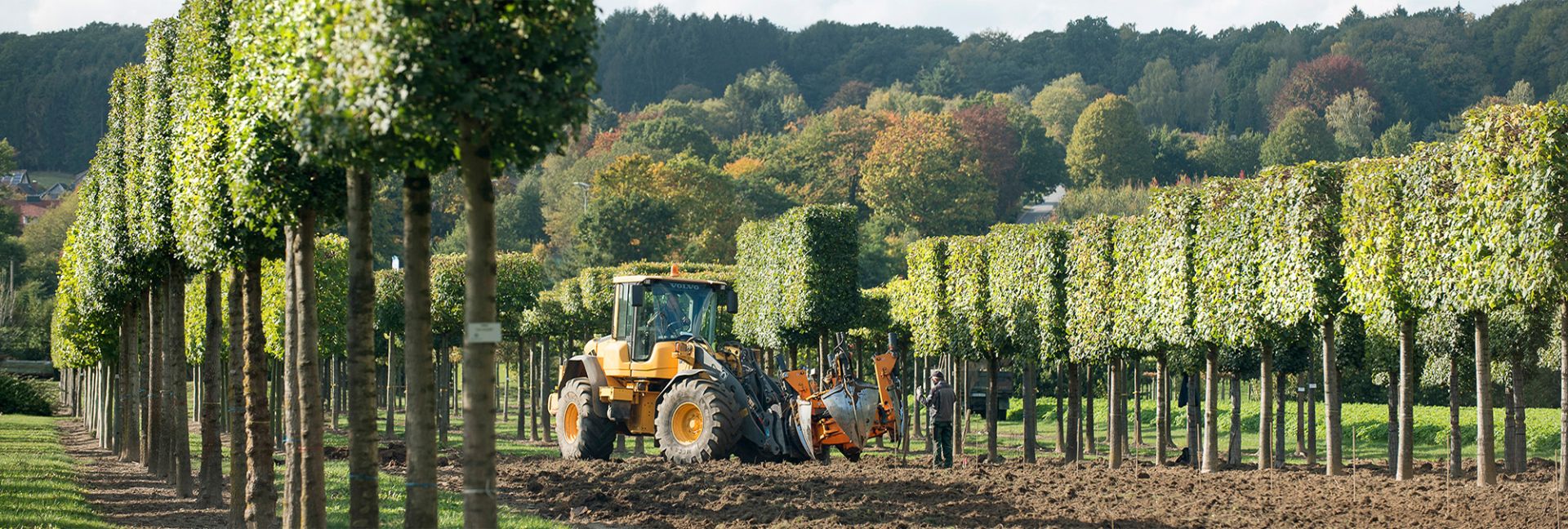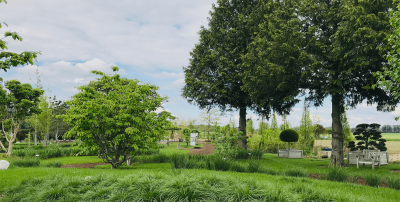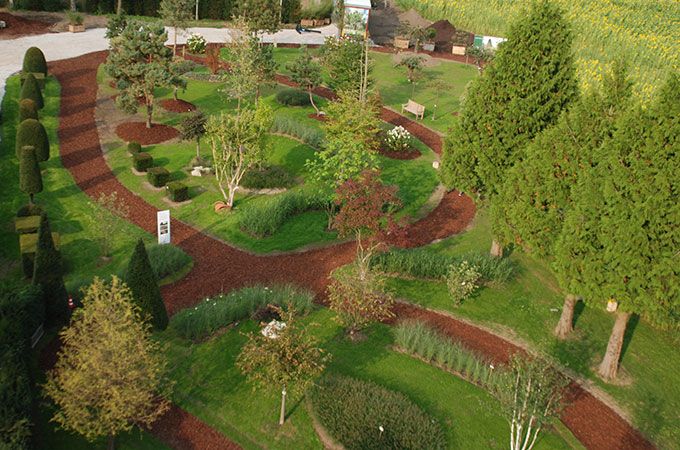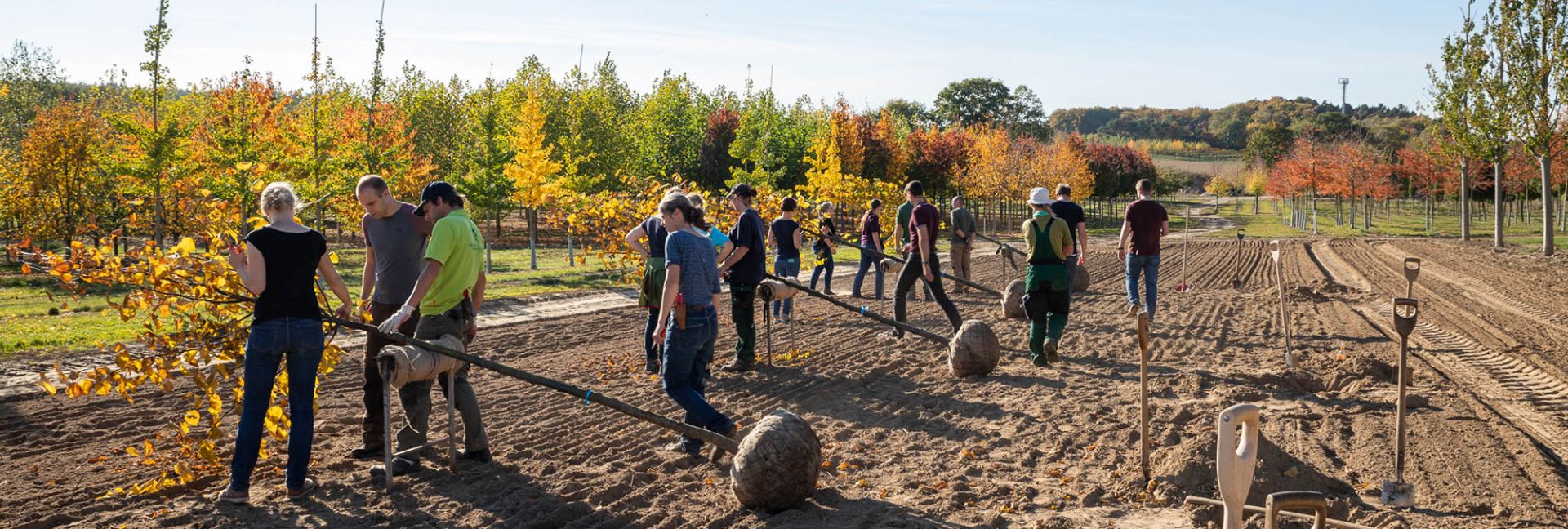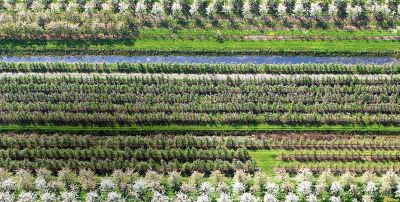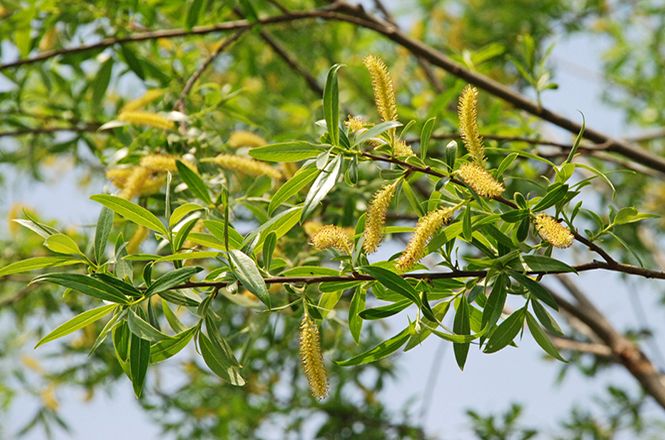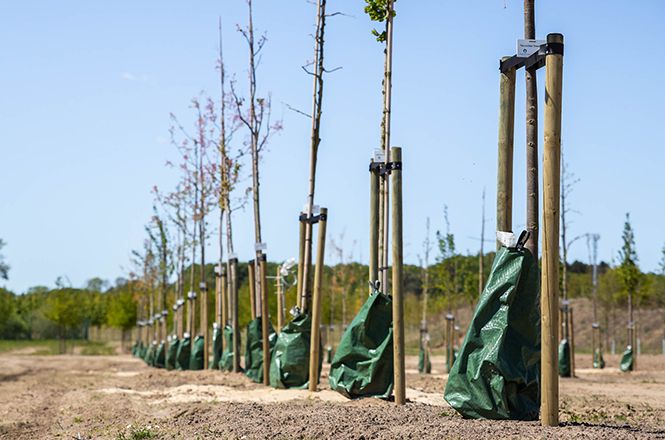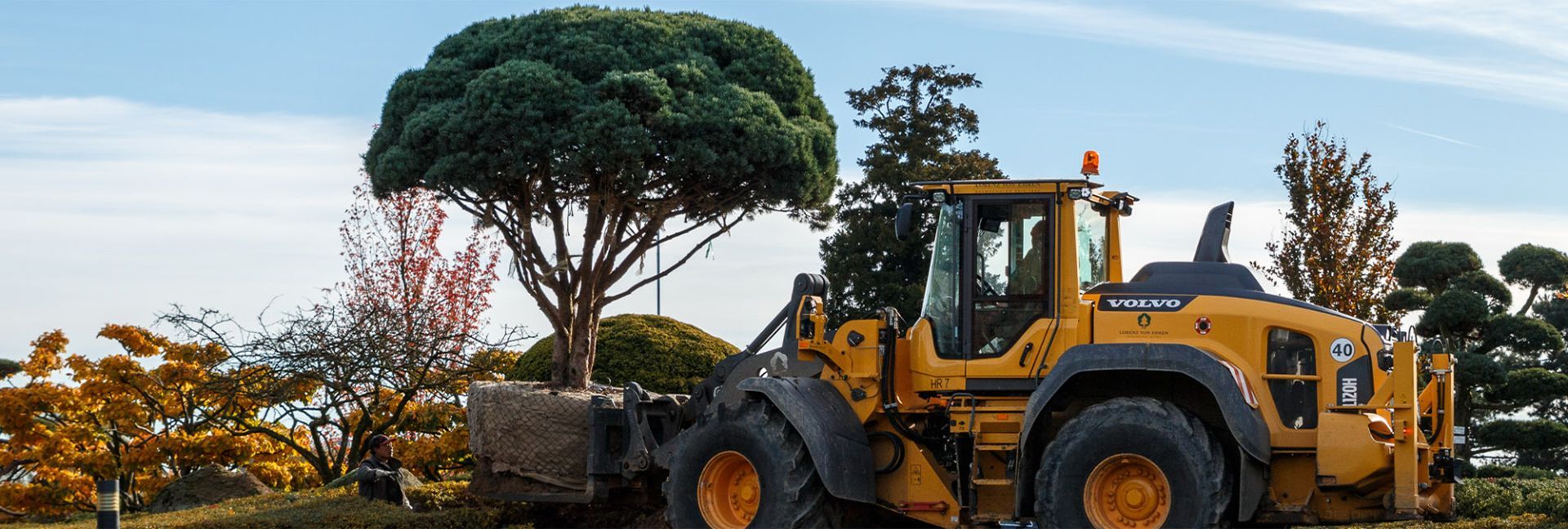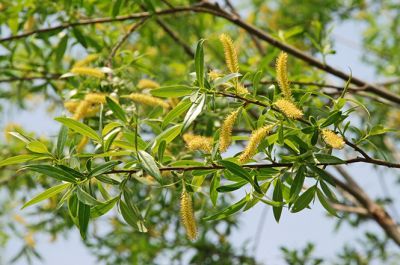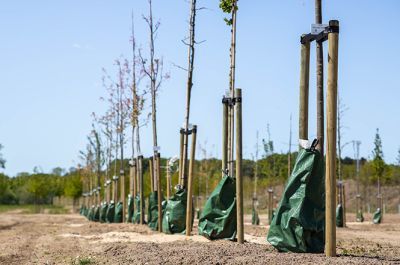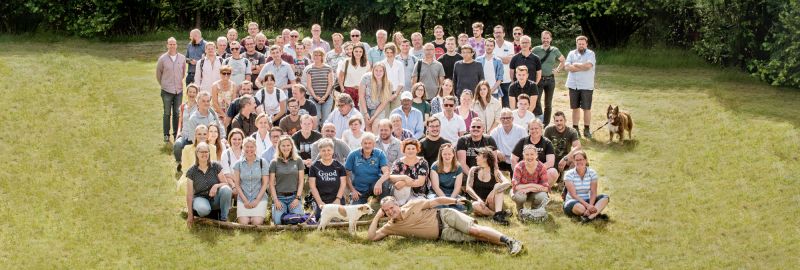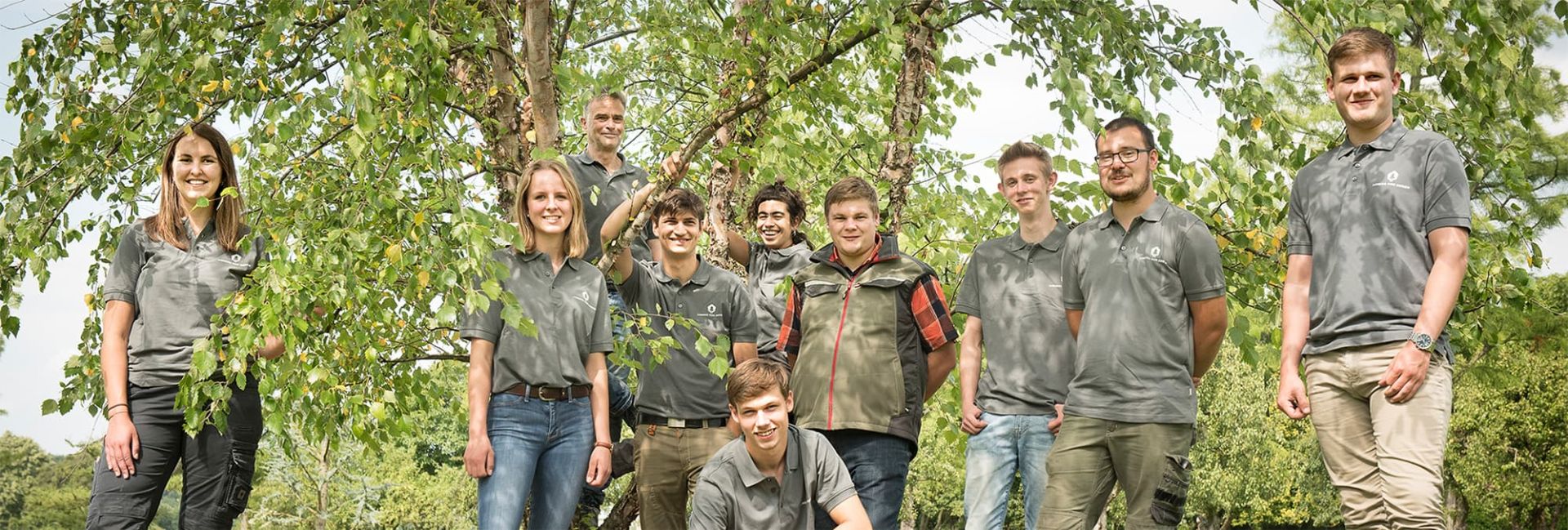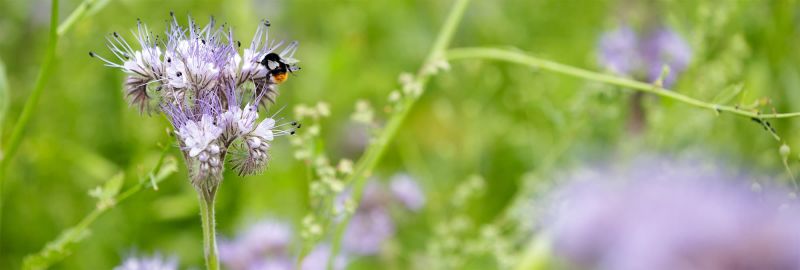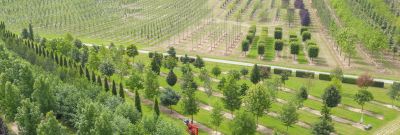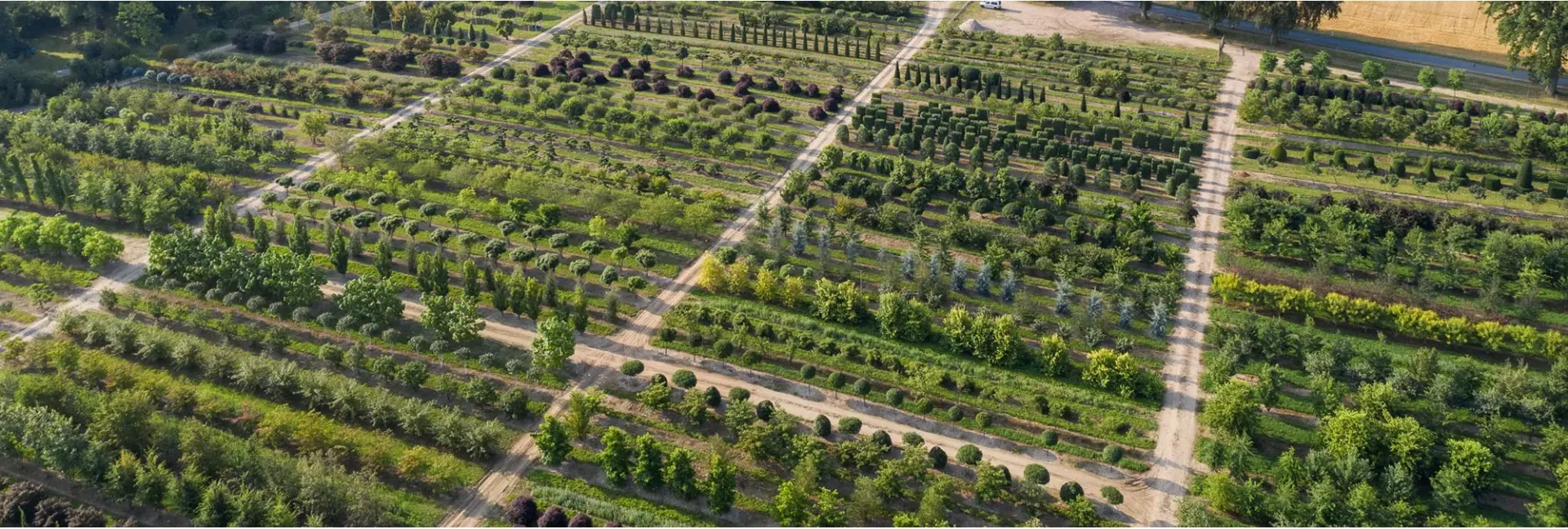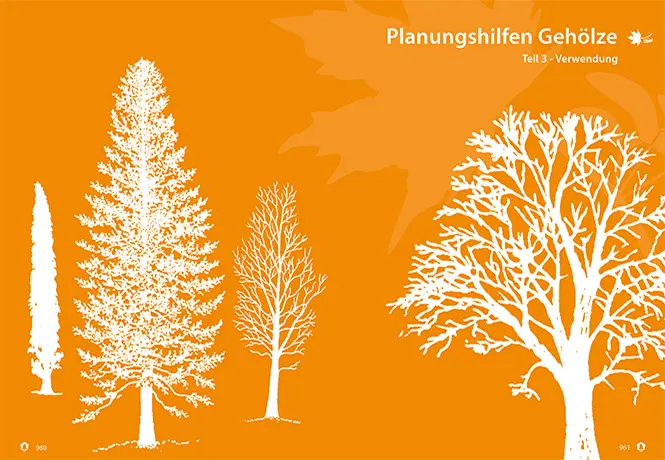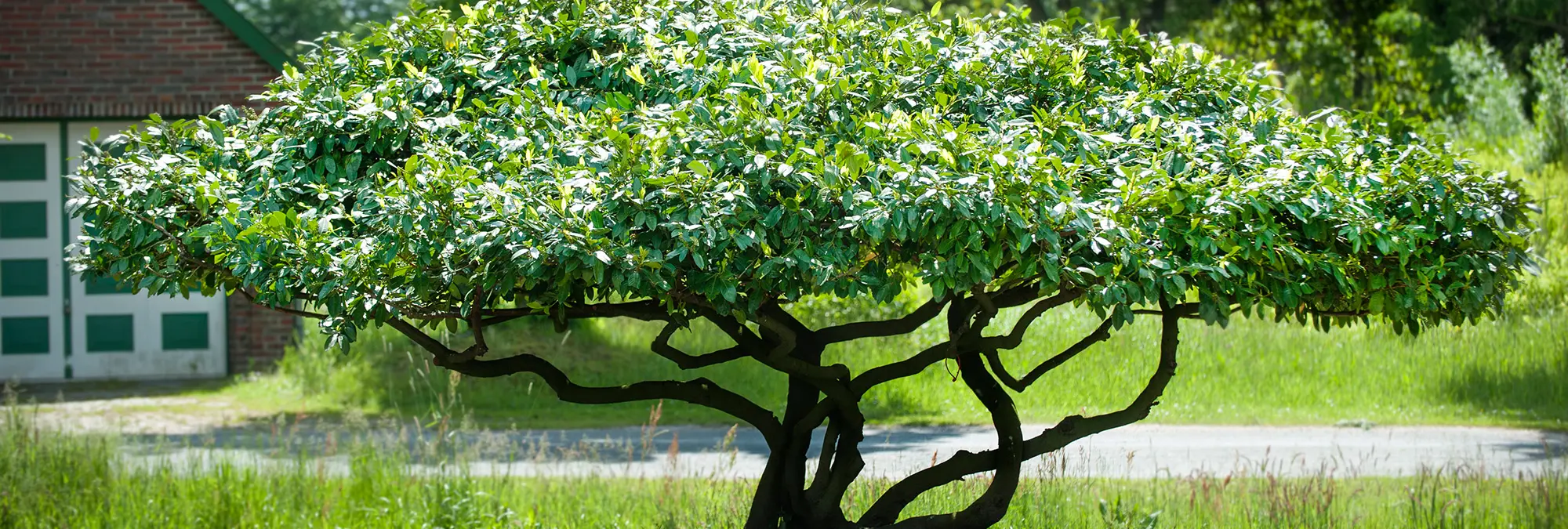
Why is there so much fuss about poisonous woody plants?
Taking an objective stance
Let us face it, you can injure yourself anywhere, for example if you have left the rake lying on the lawn with the spikes pointing upwards, or as a child on the playground etc. But let us address the issue of woody plants, for example the Japanese snowball (Viburnum plicatum) or the yew tree (Taxus baccata). Especially the latter is widespread: there is (or was) one in almost every garden. Yes, it does indeed belong to the group of poisonous plants, highly poisonous even. But who would eat branches of a yew tree, or its needles and the kernel, which is only poisonous when chewed thoroughly? Little children would most probably not even be able to chew the cone, and the red pulp is sweet and aromatic. Or Ilex aquifolium or Ilex meserveae: just touching the sharp leaves without gloves will make you think twice about doing it again.
Information
Removing poisonous woody plants, e.g. Liriodendron tulipifera, does not take away the responsibility of custodians to supervise their children. And as long as the children are at an age at which they put a lot of things in their mouths, they need to be supervised - it can easily be explained to them when they are older. By the way, my twins play wildly between Taxus, Thuja, Rhododendron and Prunus laurocerasus and have never put a single piece of them into their mouths... even as toddlers. And seeing as they can have sweets instead, why should they.
Some poisonous shrubs
The following list contains examples of native garden shrubs in Germany, Austria and Switzerland that are poisonous to humans.
-
boxwood (Buxus sempervirens): fast-growing evergreen bush or small tree that contains the alkaloid cyclobuxin D mainly in the leaves
-
Yew (Taxus baccata): Edible flesh, the seeds of the conifer are very poisonous when chewed and contain taxine, as do the needles.
-
Black alder (Rhamnus frangula): The fruits can be poisonous, especially for small children, the bark is suitable for bark tea and contains anthraglycosides.
-
Broom (Genista): All parts of the plant are poisonous and contain cytisine.
-
Common laburnum (Laburnum anagyroides): The butterfly flowers and seeds of this legume are poisonous and contain cytisine
-
Common/Red Honeysuckle (Lonicera xylosteum): Slightly poisonous due to the bitter substance xylostein and small amounts of alkaloids and saponins
-
Purgator's buckthorn (Rhamnus cathartica): The fruits are very poisonous due to anthraglycosides.
-
Love pearl bush/beauty fruit (Callicarpa bodinieri): The non-native shrub contains sesquiterpenes.
-
Common privet (Ligustrum vulgare): he berries contain mildly toxic glycosides such as ligustroside, oleuropein and syringin (also found in the leaves), which are more toxic to horses, cattle and sheep than to humans.
-
Laurel cherry/cherry laurel (Prunus laurocerasus): Fast-growing, fruit less toxic than leaves and seeds, contains the cyanogenic glycoside amygdali. Amygdali
-
Spindle tree/Common spindle tree (Euonymus europaeus): All parts of the plant are poisonous, especially the seeds containing alkaloids and steroid glycosides
-
Sade tree (Juniperus sabina): also poison juniper, stink juniper: The shrub is poisonous in all parts of the plant because of the essential oil of the sade tree.
-
Common snowberry (Symphoricarpos albus): The fruits are also called snap peas and are poisonous in larger quantities.
-
Common daphne (Daphne mezereum) and rosemary daphne (Daphne cneorum): Both shrubs contain very strong plant toxins, especially the bark and seeds of the stalk plate flowers
-
European / Common Holly (Ilex aquifolium): The leaves and berries are poisonous
-
Common Juniper (Juniperus communis): Only the berries are poisonous if eaten in large quantities
-
Dwarf medlars (Cotoneaster): All parts of the plant are poisonous, especially the fruits
Downloads

